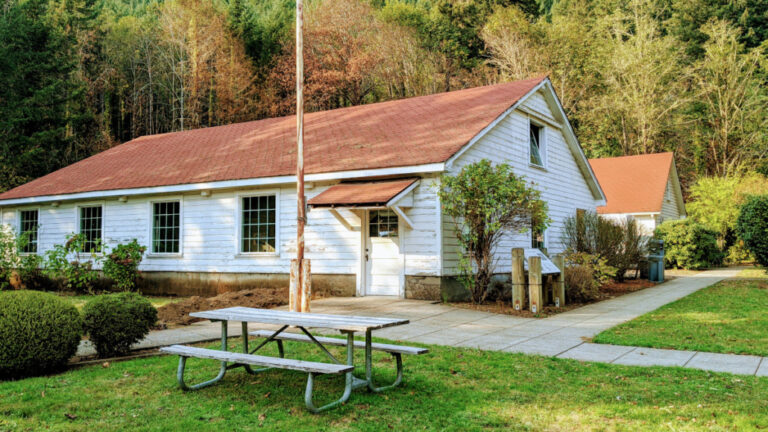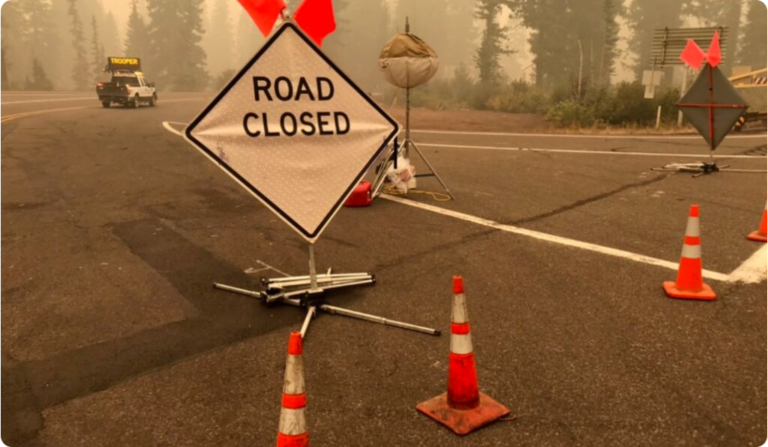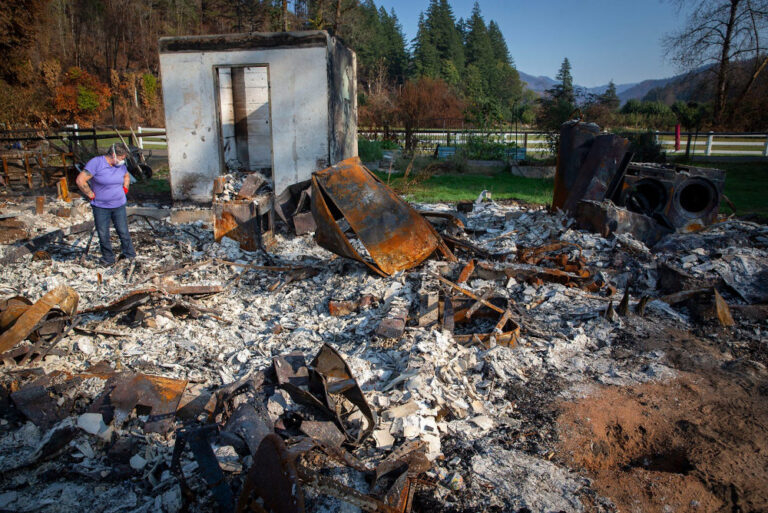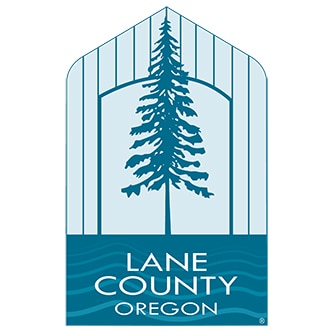Step 2 Cleanup: Answers To Your Most Common Questions
Source: debriscleanupnews.com
The top 3 questions we’re asked the most, and where you can go for a deeper dive on all things wildfire debris cleanup
As we (the Oregon Debris Management Task Force) start to ramp up our hazard tree and debris removal operations across the state, we’ve encountered myriad questions from property owners and other Oregonians. We’re happy that folks are engaged with our progress as we work to help them clear debris and trees so they can begin to safely rebuild their homes and businesses.
Here’s the top 3 most asked questions, answered. If you want to see the full list of FAQ’s, our cleanup website, wildfire.oregon.gov/cleanup, has 15+ more questions for you to explore.
What’s the timeline for Step 2?
Step 2 work began in December 2020, and it’s estimated this work will take 6 to 18 months to complete for the entire state. This range is dependent on weather, property access limitations and the large area to be covered. We will provide more clarity on timing as crews start to remove hazard trees and clear debris on a larger scale later in January 2021.
When will the Step 2 cleanup crews get to my property?
As of January 13, 2021, it’s still too early to tell when we’ll be on specific properties. We need a few weeks to clear several properties and analyze how long those took us. Once we have those under our belt, we can then more accurately predict when we’ll be in certain areas and on certain properties.
Our goal is by the end of January, we have enough data to predict where we’ll be up to three weeks in advance. We’ll share that information with you; look for an announcement via email or on wildfire.oregon.gov/cleanup.
Note: our predictions aren’t an exact science, and the winter weather will have an affect on how fast we can go.
What’s happening to all the burned, damaged trees?
Professional arborists have been out in burned areas assessing thousands of trees and marking ones deemed a threat to people or property as “hazard trees.” Hazard trees are unsafe and must be cut down. You might have seen blue markings or barcode stickers on trees in your area; these markings designate those trees as hazards.
We estimate we have 300,000 hazard trees that need to be cut down over the next several months. It’s a huge project, and our approach will differ depending on where the trees are.
On private property, hazard trees will be cut down if they pose a threat to our cleanup crews, or they pose a threat to nearby public property.
Hazard trees on developed private property, but safely away from cleanup areas and public spaces, will not be cut down. Hazard trees on undeveloped private property will also not be cut down. In both cases, those trees are the responsibility of the property owner.
On public property, hazard trees will be cut down if they pose a threat to areas the public use, like roads, trails, parking lots, sidewalks and public waterways. Otherwise, we’ll leave them to die and fall naturally.
You can always contact us directly via our hotline especially if you have a nuanced question about your property: call 503-934-1700 or email odot.wildfire@odot.state.or.us.






